Medial Tibial Stress Syndrome (MTSS): Cause, Symptoms, Treatment, Exercise
What is a Medial Tibial Stress Syndrome (MTSS)?
Medial Tibial Stress Syndrome (MTSS) is an injury caused by repetitive trauma to the Tibialis Anterior muscle, located behind the tibia or shin bone. Medial tibial stress syndrome (MTSS), also called “shin splints”, This injury is often seen in runners, sprinters, and athletes who take part in sports that require sudden stops, direction changes, and/or the use of the legs. This injury is treated with rest and crutches to allow the muscles to heal.
However, This disease are often not serious, if treated properly, it can be quite disabling and progress to more serious complications. However, the cause of MTSS is multi-factorial and involves over-training and various other biomechanical abnormalities.
Few new treatment options have been available in MTSS over the last few decades. Here we discuss few conservative treatment options for MTSS and recommend a few best exercises.
Definition of medial tibial stress syndrome:
Medial tibial stress syndrome (MTSS), also known as shin splints, is a condition that results from repeatedly stressing the shin bone. This is often due to overuse of the shin bone, often seen in people who play sports that require running. MTSS can be painful and can affect physical activity. Treatment includes resting the bone, anti-inflammatories, physical therapy, and sometimes surgery.
Related Anatomy of Lower Leg
If you want more easily understood MTSS, you have basic knowledge of the Anatomy of the lower leg.
There are four muscle compartments in the lower leg:
Anterior compartment: this compartment has the tibialis anterior muscle, the extensor hallucis longus, the extensor digitorum longus, and the peroneus tertius muscles.
- The tibialis anterior dorsiflexes the ankle and inverts the foot.
- The extensor hallucis longus muscle extends the big toe
- The extensor digitorum longus extends the other toes and assists in eversion with the peroneus tertius muscle.
Deep posterior compartment: this part has the flexor digitorum longus, the tibialis posterior, and the flexor hallucis longus muscles.
- The tibialis posterior plantar flexes and inverts the foot.
- The remaining muscles are mainly toe flexors.
Superficial posterior Compartment: this is the gastrocnemius and soleus muscles are strongly plantar flexors of the ankle.
Lateral compartment: this compartment has the peroneus brevis and peroneus longus muscles, which mainly work as foot evertors.
An over-stress of the tibialis anterior and posterior are commonly implicated, also the area of attachment of these muscles can be the location of pain. Muscle imbalance and inflexibility, especially tightness of the triceps surae (gastrocnemius, soleus, and plantaris muscles), are mostly associated with MTSS.
Sportsmen with muscle weakness of the triceps surae are more susceptible to muscle fatigue, leading to changed running mechanics, and strain on the lower leg (tibia-shin). Doctors should also consider the flexibility and balance of the hamstring and quadriceps muscles.
Cause of Medial Tibial Stress Syndrome :
The following are the most common causes of MTSS:
- Overuse sports injury: Athletes such as sprinters, Dancers, middle and long-distance runners, and footballers have been identified as the most common cause.
- Physical training errors such as overload or when they run too fast for their maximum potential. Changes in the training program such as an increase in distance, intensity, and duration will increase stress on the lower leg.
- Running on a hard or uneven surface and poor running shoes (like a bad shock absorbing capacity).
- Bio-mechanical abnormalities such as foot arch abnormalities, hyperpronation of the foot, and unequal leg length are the other causes.
- Overweight (Obesity)
- Nutritional deficiency
- Hormonal imbalance mainly in females.
- Poor fitness conditioned individuals.
- Long Cold weather
- Female athletes with abnormal menses
Symptoms of Shin-splints syndrome:
Following are the most common symptoms of MTRSS are :
- Vague, diffuse pain of the lower leg, along the the inner side of your shinbone
- Tenderness, soreness
- mild swelling in your lower leg
- In the early stages, Pain during exercise or sports activity only
- In severe cases, pain presents in mild to moderate day-to-day activity, and sometimes in resting pain is also present.
A stress fracture is an associated complication seen in severe cases of Shin-splints syndrome.
When to contact a doctor?
Consult your Physiotherapist/Physician if the RICE Principle (rest, ice, and pain relievers don’t relieve your shin pain).
Risk Factor for Medial Tibial Stress Syndrome:
- Running on hard or uneven surfaces is also a common risk factor
- Early history of lower leg injuries
- running more than 20 miles per week are mainly leads to overuse injuries of the lower leg
- females are at a 1.5 to 3.5 times increased risk for progression to stress fractures, Females have a higher incidence of reduced bone density and osteoporosis, as seen in the female athlete
- Eating disorders and nutritional deficiencies, such as hypocalcemia, in female athletes with abnormal menses and multiple stress fractures.
Differential Diagnosis of MTSS:
It is important to differentiate Medial Tibial Stress Syndrome from:
- Stress Fracture
- Chronic Exertional Compartmental Syndrome
- Sciatica pain
- Deep Vein Thrombosis (DVT)
- Popliteal Artery Entrapment
- Muscle Strain
- Tumour
- Arterial endofibrosis
- Infection
- Nerve entrapment (common/superficial peroneus and saphenous)
Diagnosis of Shin-splints:
The diagnosis of MTSS based on your history and physical examination of your leg is the most common approach.
The doctor will ask you about your onset of pain, your history of Physical activity, and which condition in which your pain is increasing or decreasing.
The MTSS score should be used by Doctors as a primary outcome measure in MTSS because is valid, reliable, and responsive.
Doctors mainly measure:
- Pain at rest
- Pain while performing activities of daily living
- Limitations in Day-to-day activity or sports activities
- Pain while performing day-to-day activities or sports activities.
The MTSS score mainly measures pain over the shin and limitations of activity due to shin pain.
Treatment of Medial Tibial Stress Syndrome (MTSS)
Temporary reduction or even stopping of the aggravating activity is the initial step you can take. Treatment of MTSS is a Medical Treatment and Physiotherapy Treatment and Exercise with Rest.
If this treatment fails last option is Surgery and rarely required.
Medical Treatment :
- Rest with Local and systemic anti-inflammatory medicine such as NSAIDs.
- Pain relieving Patches and Gel.
- Local friction Massage
- Steroid injections.
- Use of Hot Pack/ Ice Pack
Physiotherapy Treatment in Medial Tibial Stress Syndrome:
Patient education and a graded strengthening exercise program seem to be the most common treatments. Conservative therapy should initially aim to reduce pain, Muscle spasms, and swelling if present with the help of Electrotherapy modalities.
Pain-relieving Electrotherapy modalities such as Ultrasound Therapy, phonophoresis, and Interferential therapy (IFT), TENS are used to relieve pain, spasms, and tenderness.
The physiotherapist also checked Aggravating factors and relieving factors are noted and explained to you.
Surgical treatment:
Surgical treatment is rarely indicated. It is indicated in the person who has failed one year’s medical treatment or in whom the condition is recurrent (two or more times).
The surgical treatment consists of a deep posterior fascia release, to relieve tension or pressure commonly to treat the resulting loss of circulation, This technique is an open procedure with fasciotomy by doing one or more incisions, of the deep posterior compartment, release of the ‘soleus bridge’, and resection of a periosteal strip from the involved medial tibia.
FAQs
How do you treat MTSS injury?
A time of rest and activity moderation are part of the treatment to help the pain and inflammation go away. Ice and anti-inflammatory drugs can also be beneficial.
How do you fix medial tibial stress syndrome quickly?
To fix medial tibial stress syndrome quickly:
Take a break from a stressful activity or workout.
icing the sore spot one to three times a day for five to ten minutes.
exercises that target the shin muscles softly.
taping on the affected leg muscles or the foot arch.
massage of the damaged tissue with the hands.
How long does it take to recover from medial tibial stress syndrome?
With MTSS, the majority of people recover completely. It may need three weeks to four months to complete. It sometimes takes longer the longer the disease has lasted. Throughout the course of rehabilitation, it may be crucial to measure the level of discomfort.
What is medial tibial stress syndrome MTSS caused by?
A common overuse injury of the lower extremities that is frequently observed in sports and military people is called medial tibial stress syndrome (MTSS). It is an early stress injury in the spectrum of tibial stress fractures, with discomfort over the anterior tibia caused by activity.
Is medial tibial stress syndrome curable?
Yes, medial tibial stress syndrome (MTSS), commonly known as shin splints, is generally considered to be a self-limiting condition and is often curable with appropriate rest, modifications in activity, and targeted rehabilitation exercises.

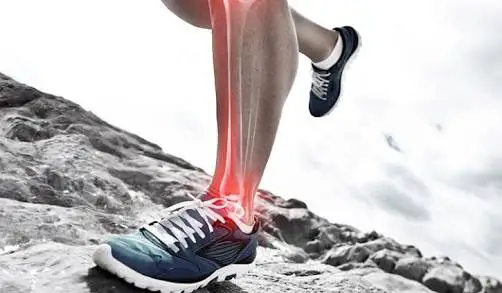
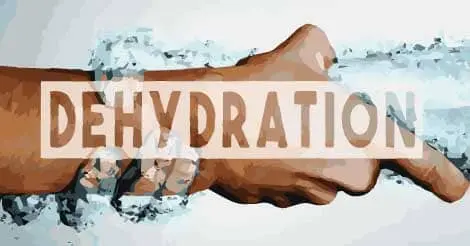
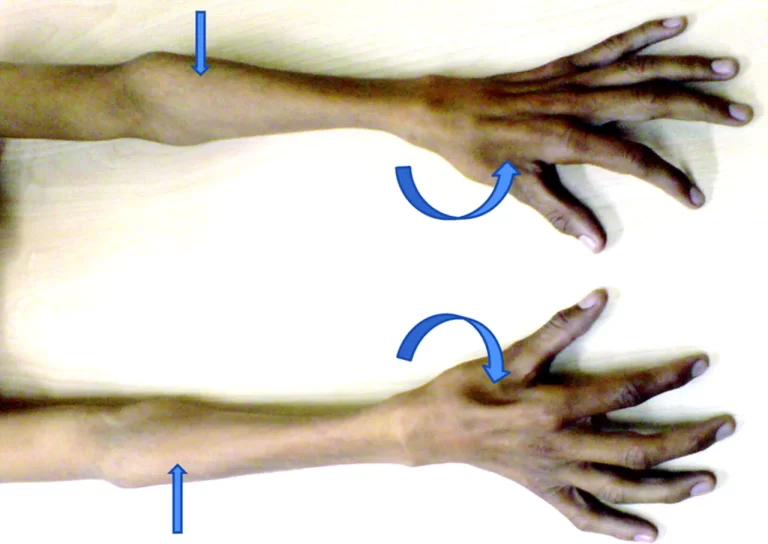

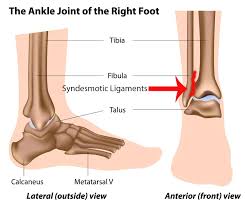
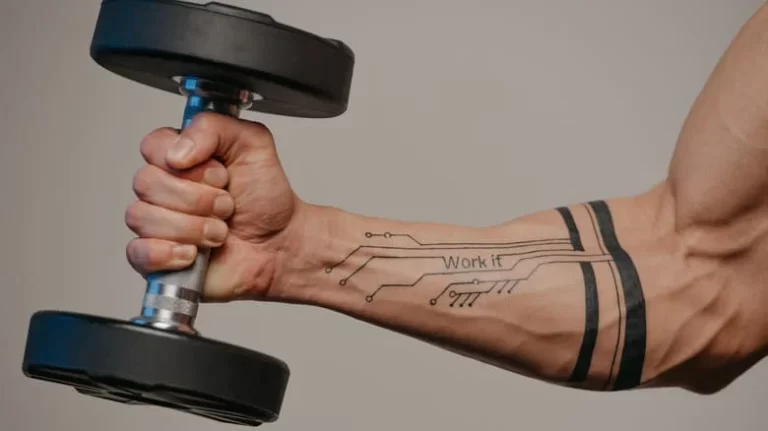
6 Comments